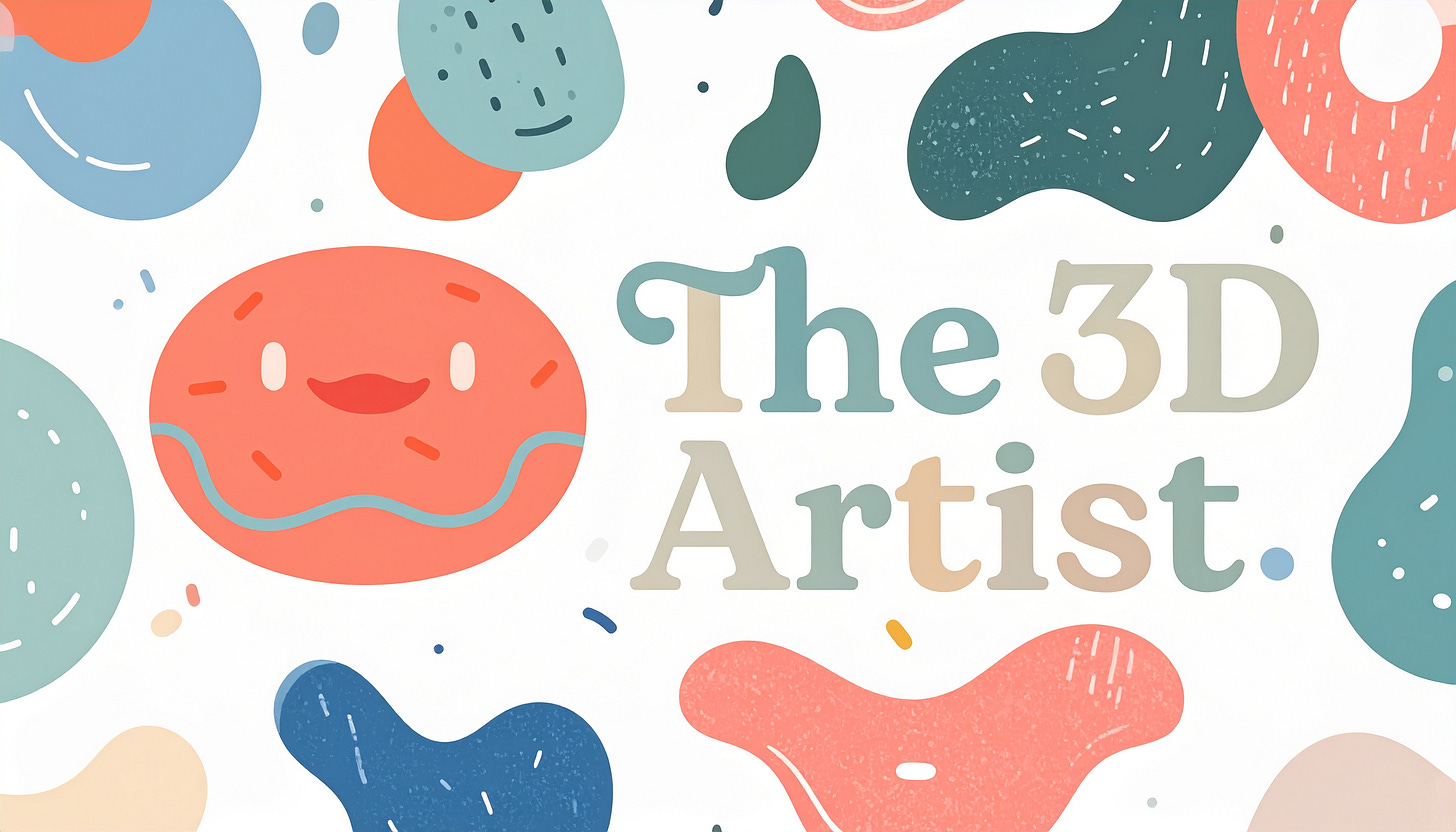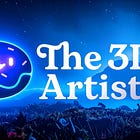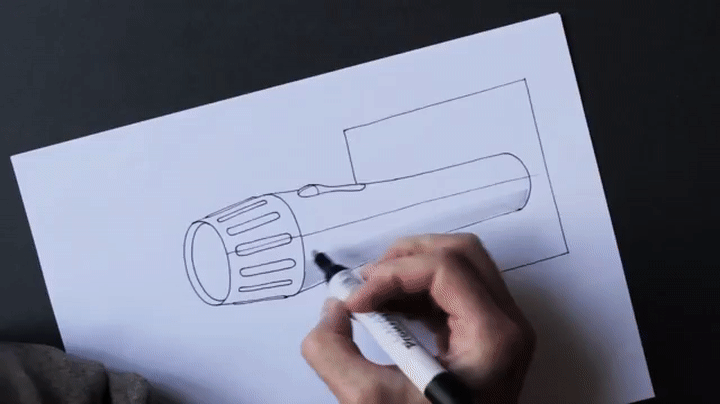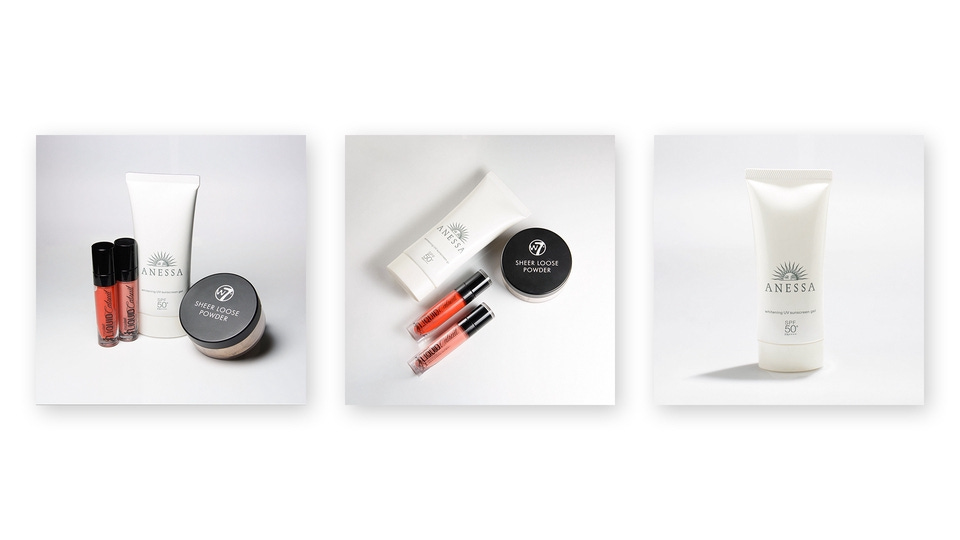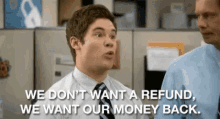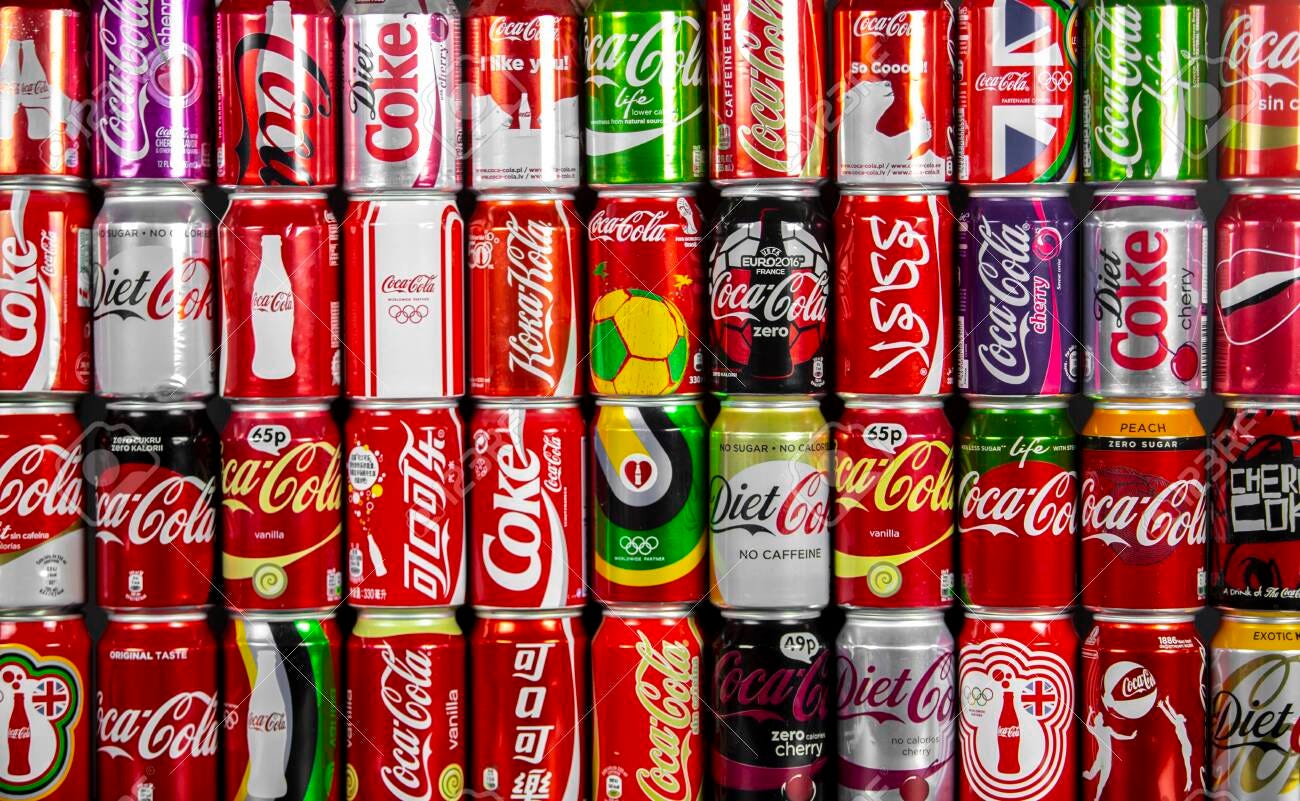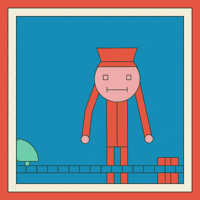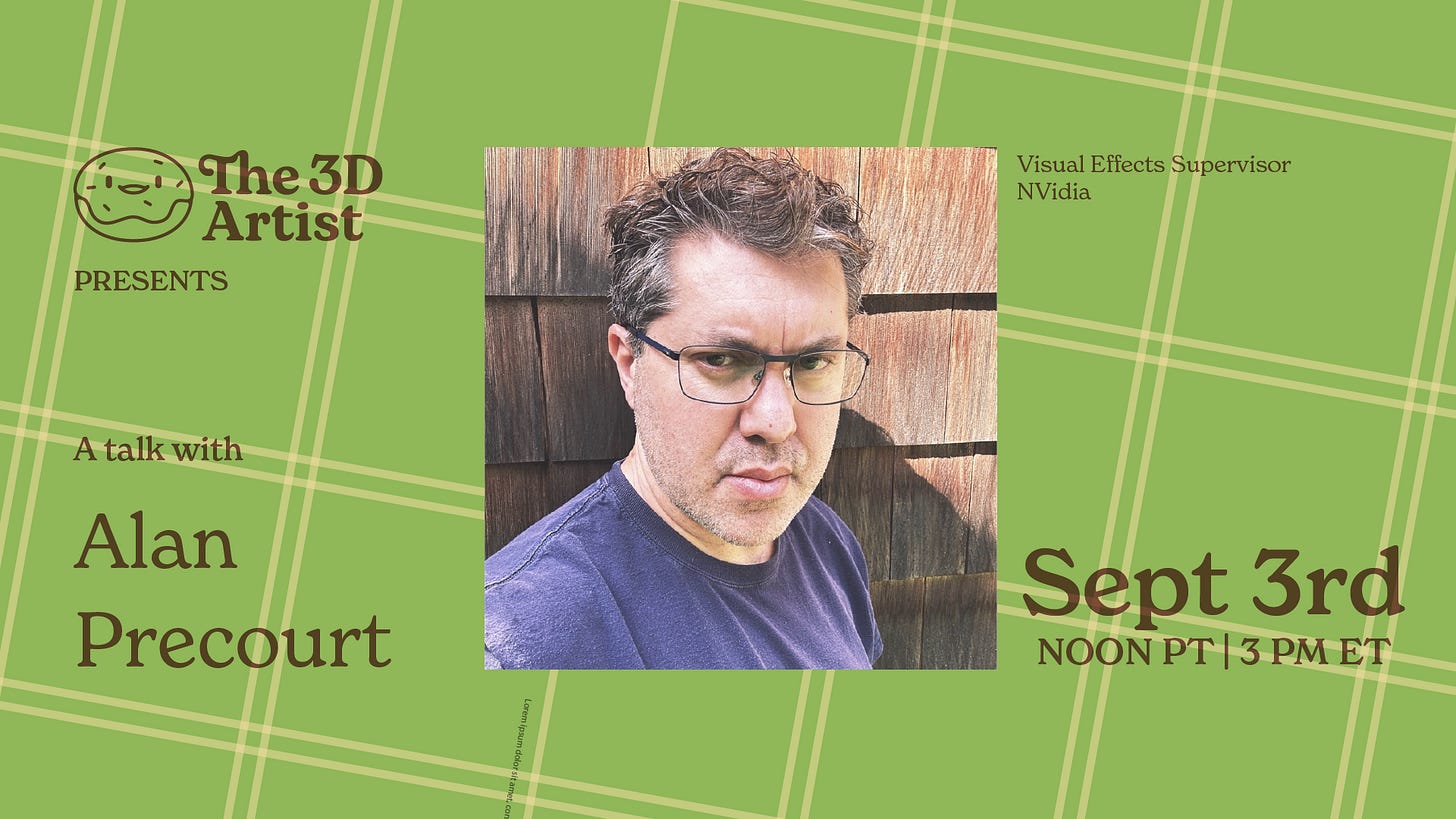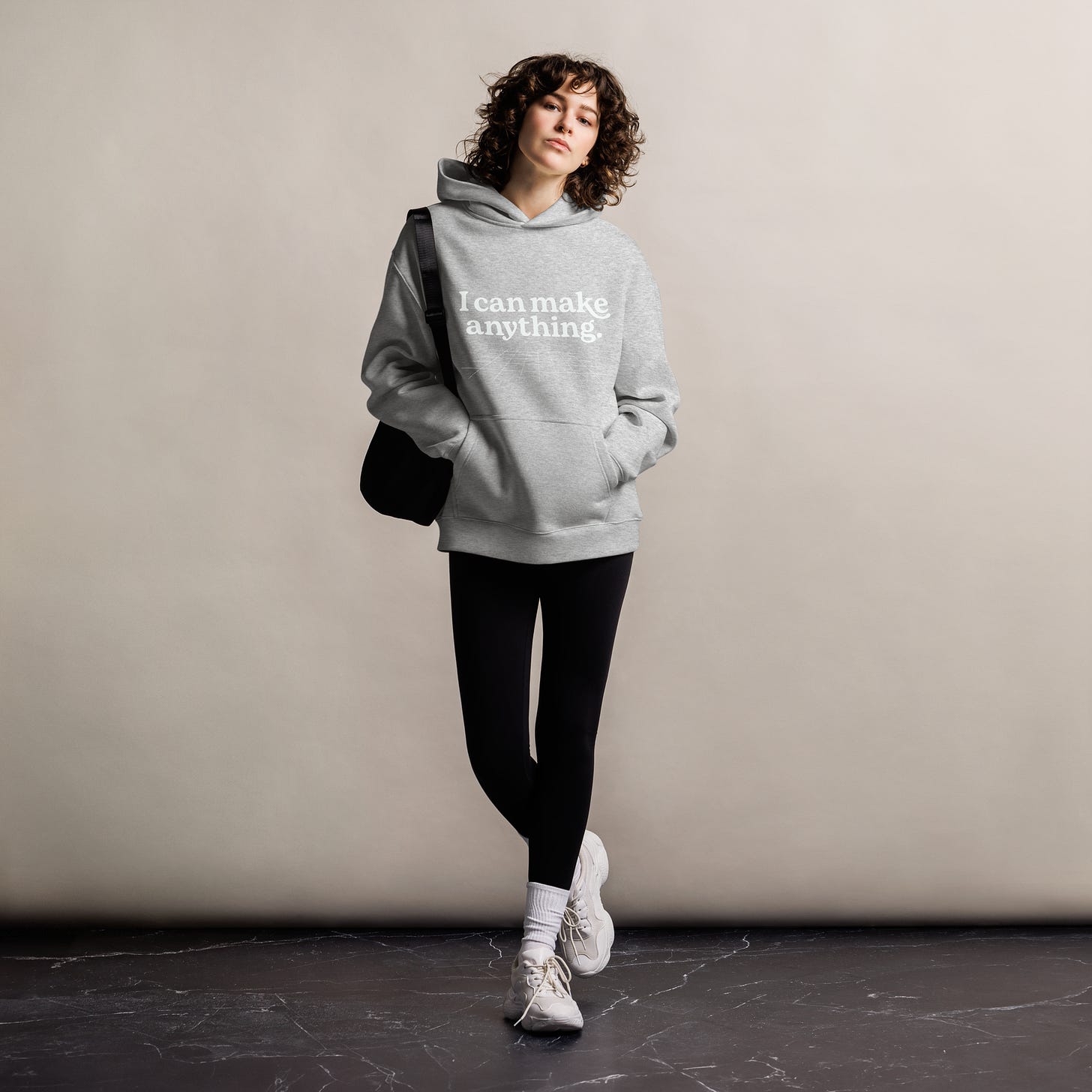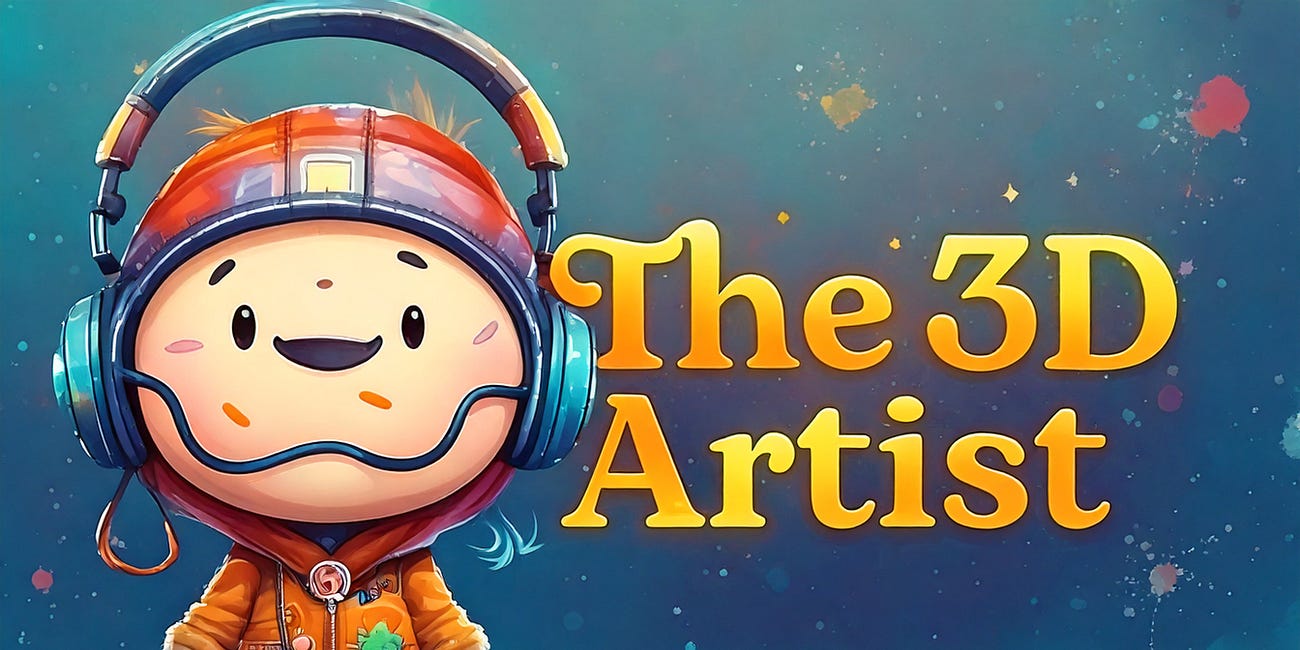Start Here: Product Visualization for 3D Artists
An opening guide to the industry, with more detailed breakdowns coming in the weeks ahead.
A quick note before we dive in
Last week I promised a series of step-by-step guides for 3D artists interested in hopping to another industry. The plan was to release one industry per week. After laying out the specifics and mapping out what I wanted to cover, let’s just say that was…optimistic. So here’s the new plan.
I’m going to stick with one industry for a few weeks.
We will start with an overview and then dive into a range of topics related to that industry to build a comprehensive guide. Here’s the rough layout I’m thinking…
Issue 1 (this one): broad industry overview
Next issues: deeper dives into industry specifics 3D Artists making the transition would need to now.
Final: roundup & full recap before we switch industries
We’re starting with what I see as the biggest near-term opportunity for 3D artists outside entertainment: Product Visualization.
Why start here?
Product visualization is where I believe the biggest opportunity lies for 3D artists right now and will continue to do so into the future.
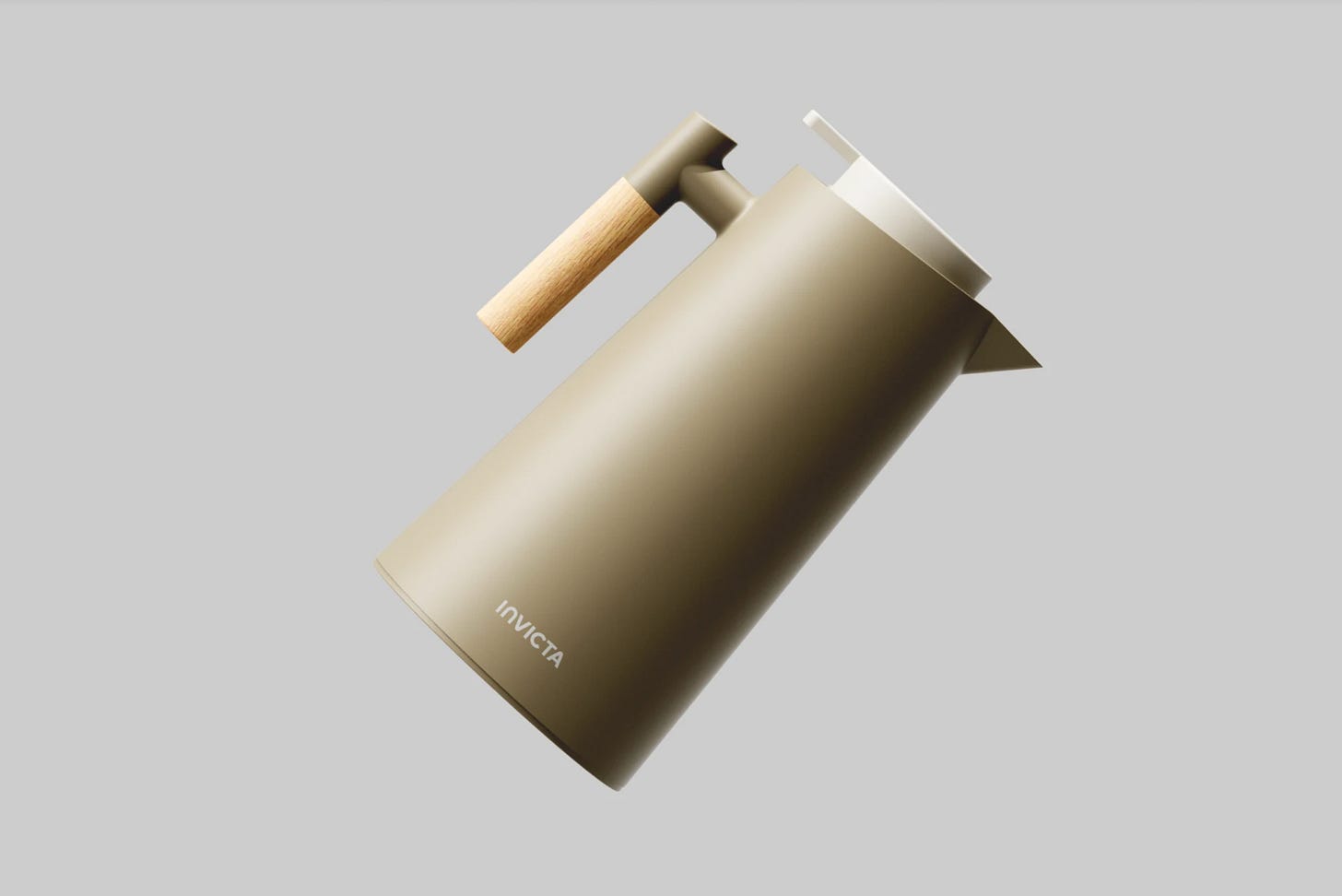
Entertainment industries including VFX, Animation, and games will always matter, but it’s crowded, competitive, and unpredictable. Consumer products, on the other hand, are everywhere. From shampoo bottles to sneakers to kitchen appliances, every item we buy has to be designed, packaged, and marketed.
These companies are under pressure to:
Launch products faster
Create visuals for thousands of products across every region and retailer (These products are often referred to as SKUs. A SKU (Stock Keeping Unit) is a unique code that a company assigns to a specific product to track it in inventory and sales.)
Prepare for a future where shopping is immersive, interactive, and AI-assisted
And most of them don’t have the 3D talent they need to get there.
That’s where you come in.
This series starts with product visualization because it’s not just another niche. It’s the foundation of how brands design, market, and sell at scale. If you know how to create accurate, reusable, and scalable 3D assets, you can bring immediate value today and position yourself for the next wave of immersive commerce tomorrow.
What do we mean by “Product Visualization”?
Think of anything you buy at a store or online: shampoo, chips, toothpaste, laptops, even furniture. Every one of those products has to be:
Designed (how it looks, feels, and functions)
Packaged (the box, bottle, or wrapper it comes in)
Marketed (the photos, ads, and website images that sell it)
3D now plays a role in all three.
Where does 3D fit in?
3D in consumer products shows up in two big places:
Design and prototyping
Traditionally, when a new product was being developed, designers sketched ideas, sent them to a factory, and waited weeks for a physical prototype to come back. That prototype would be reviewed, tweaked, and sent back again. Over and over.
It’s a slow, costly, wasteful process. Every round requires materials, shipping, and time that companies can’t afford to lose.
This is where 3D makes a difference. Instead of starting with physical prototypes, teams can build digital versions first. Colors, materials, and forms can all be tested virtually. Only when the design is nearly finalized does it move into physical prototyping.
That doesn’t mean 3D eliminates physical prototypes entirely. Of course, companies still need to touch, feel, and test the final product. However, cutting down even a few rounds of physical prototyping can save weeks, reduce waste, and accelerate time to market.
Marketing and e-commerce
The second place 3D workflows appear after a product design has been approved: marketing.
Every product needs visuals. On Amazon and other ecommerce sites, that usually means 6–10 product shots or “pack shots” on a white background. On brand websites, it might mean lifestyle images such as soap bottles in bathrooms, food in fridges, and laptops in dorm rooms. Increasingly, it also means interactive experiences like 360-degree spins, AR try-ons, or placing furniture in your living room with your phone.
Here’s the kicker: all those assets can come from the same 3D model…the product’s digital twin. A digital twin is just a term referring to a photorealistic 3D digital replica of any given product.
Instead of scheduling photo shoots for every variant, companies can create the digital twin once and reuse it everywhere. Need the holiday edition? Swap the label. Need the French version? Update the text. Need a TikTok video ad? Animate the existing model.
It’s faster, cheaper, and more flexible.
Does it really help?
Yes, and there’s hard evidence.
In the U.S, retailers reported about $743 billion in returned merchandise in 2023, equal to 14.5% of total retail sales (National Retail Federation).
Shopify found that merchants who added 3D models and AR to their product pages saw around 40% fewer returns and higher conversion rates.
Macy’s introduced VR visualization for furniture, and return rates dropped to under 2% compared to the typical 5–7% in-store rate.
Build.com customers who used AR returned 22% fewer items than those who didn’t.
Beauty brands using virtual try-on tools report 20% fewer returns for products like foundation or lipstick, since customers can test the color virtually before they buy.
The pattern is clear: when people can see a product in accurate, detailed 3D before buying, they’re less likely to be disappointed when it shows up. Fewer surprises mean fewer returns.
The challenges companies face
Now, why is this such a big opportunity? Because the companies making these products face enormous challenges and it’s the kind that 3D artists are uniquely equipped to solve.
Scale - A single brand can have tens of thousands of SKUs. Every size, color, scent, and edition is tracked as a separate product. Each one needs packaging, regulatory approval, and a whole library of images and marketing assets.
Localization - Selling in multiple countries means multiple sets of packaging and marketing. Different languages, different regulations, different legal requirements. A deodorant stick in the U.S. might be labeled for “24-hour protection,” while the same stick in Europe must say “48-hour protection” to comply with regional standards. Every change creates another round of visuals.
Prototyping bottlenecks - Shipping physical prototypes across the world is expensive and slow. Every extra round delays launch and adds costs.
Silos inside companies - Design and marketing rarely share assets. Engineers build CAD models to communicate with factories, but marketing teams often don’t touch those files. Instead, they reshoot products every time something changes. The same product ends up being recreated multiple times by different groups in the same company.
Marketing pressure - Timelines are brutal. A marketing team might need thousands of new images in a week. They can’t afford workflows that require months of setup.
Sustainability - Executives are making big promises about reducing carbon footprints. But without practical steps, those promises fall flat. Cutting down prototypes, shipping, and photo shoots with 3D workflows is one way to deliver measurable results.
Photography vs. 3D - Companies don’t want to fire photographers. In fact, they value them for the high-impact shots that only real cameras capture. But for repetitive, high-volume, highly controlled content (like endless white-background pack shots), 3D is faster, more consistent, and infinitely scalable. The future isn’t replacing photography; it’s letting photography and 3D do what each does best.
AI and the future - Executives are also asking how AI fits in. Here’s the reality: AI can’t create pixel-perfect product visuals. Labels, ingredients, and compliance details must be exact, and AI isn’t reliable there. But AI can still play a role — speeding up localization, automating background generation, or filling in secondary elements around a 3D digital twin. Think of it as a support tool, not the main deliverable.
Where 3D artists can step in
If you’ve worked in games, VFX, or film, you already think in terms of scale and systems. You know how to build shaders that can be reused, rigs that adapt, workflows that churn out variations quickly. That mindset is exactly what consumer goods companies need.
Here’s how you can add value:
Create scalable workflows for producing pack shots across thousands of SKUs.
Build pipelines where design and marketing both use the same digital twin, instead of recreating assets separately.
Automate repetitive tasks, so marketing teams can launch products faster.
Help companies hit sustainability goals by reducing prototypes, shipping, and unnecessary photo shoots.
Bring real-time and AR experience to companies that want to create interactive, try-before-you-buy experiences.
You’re not just a render machine. You’re a bridge-builder. Someone who connects silos, scales workflows, and prepares companies for the future.
What jobs should you look for?
Here’s the trick: most companies won’t call these roles “3D Artist.” Instead, you’ll see titles like:
3D Packaging Artist
3D Visualization Specialist
Digital CMF Designer (color, material, finish)
3D Product Developer
These are the roles hiding in plain sight. Search LinkedIn for “digital packaging” or “3D visualization,” and you’ll see them. I also like to throw in tool names as those are often listed in the job requirements and you can get some hits that way too.
Why this is just the beginning
Product visualization is too big for one article. This is the overview.
In the coming weeks, I’ll dive into:
Cleaning up CAD models for visualization
The packaging workflow: dielines, folds, coatings, and compliance rules
PLM vs. PIM vs. DAM — the alphabet soup that runs product databases
Automation and bulk rendering
Real-time and AR workflows (and where they actually reduce returns)
ROI benchmarks — how to prove the value of 3D to a business
Product rendering in the Age of GenAI
Each of those topics could be its own guide. And each one is a place where 3D artists can stand out.
This isn’t just about making pretty images. It’s about giving companies the workflows they need to survive in a faster, more competitive, more digital world.
The companies are ready.
The jobs are already here.
The demand is only going to grow.
This is just the start.
This is going to be fun.
The 3D Artist Community
We are thrilled to be kicking off a brand new round of Ask Me Anything sessions within The 3D Artist Community. First up this Weds...the great Alan Precourt!!!
Alan Precourt is a seasoned VFX Supervisor with experience at Disney, DreamWorks, Sony, WETA, and Blue Sky. He’s contributed to iconic projects like Titanic, Spies in Disguise, and Nimona, and now brings his creative and technical expertise to NVidia.
We are thrilled to speak to Alan about his experiences both in and now outside of the entertainment industry and hope you can make it there!
3D Merch is here and we have a new hoodie!
3D News of the Week
A painting reborn as data - LinkedIn
Impressive Rig of Gundam Arm Set Up with Blender - 80.lv
3D Tutorial
3D Job Spreadsheet
Link to Google Doc With A TON of Jobs in Animation (not operated by me)
Hello! Michael Tanzillo here. I am the Head of Technical Artists with the Substance 3D team at Adobe. Previously, I was a Senior Artist on animated films at Blue Sky Studios/Disney with credits including three Ice Age movies, two Rios, Peanuts, Ferdinand, Spies in Disguise, and Epic.
In addition to his work as an artist, I am the Co-Author of the book Lighting for Animation: The Visual Art of Storytelling and the Co-Founder of The Academy of Animated Art, an online school that has helped hundreds of artists around the world begin careers in Animation, Visual Effects, and Digital Imaging. I also created The 3D Artist Community on Skool and this newsletter.
www.michaeltanzillo.com
Free 3D Tutorials on the Michael Tanzillo YouTube Channel
Thanks for reading The 3D Artist! Subscribe for free to receive new posts and support my work. All views and opinions are my own!



